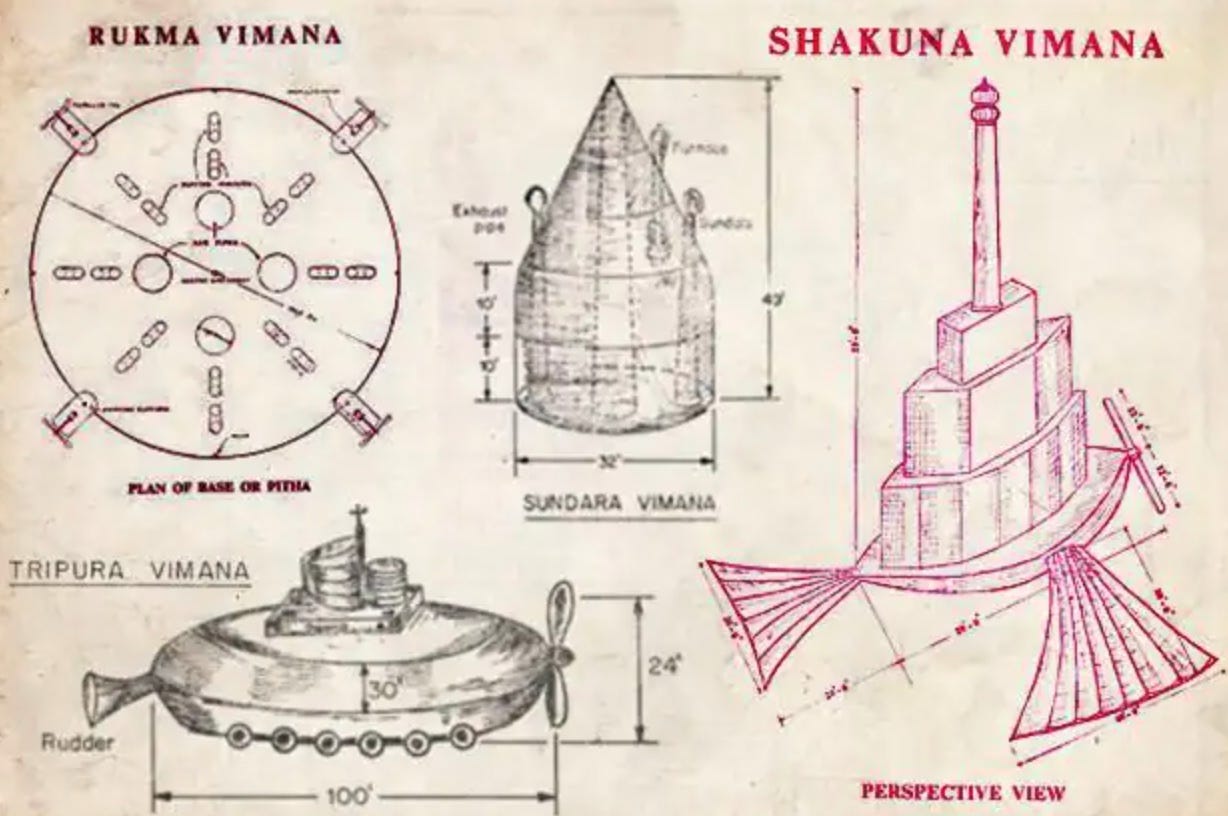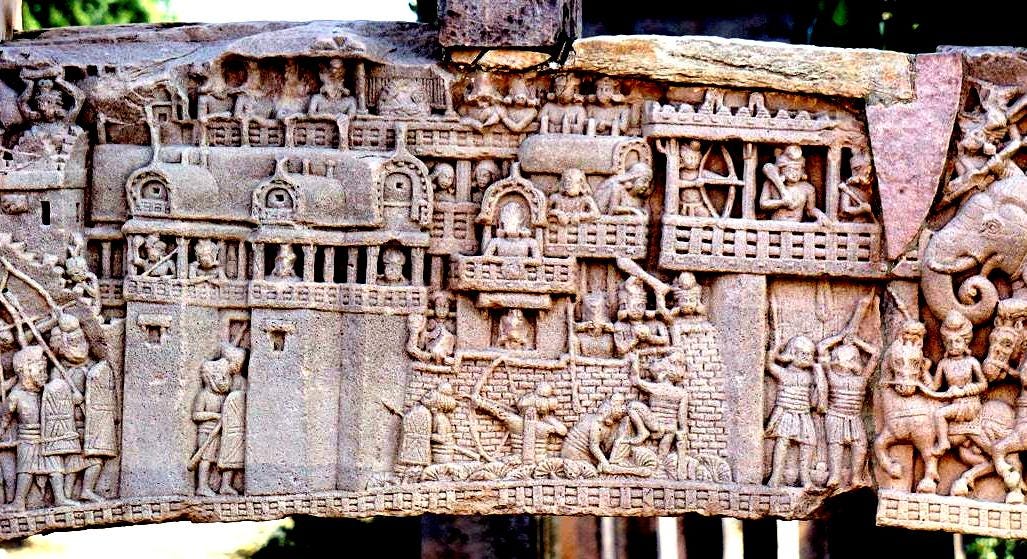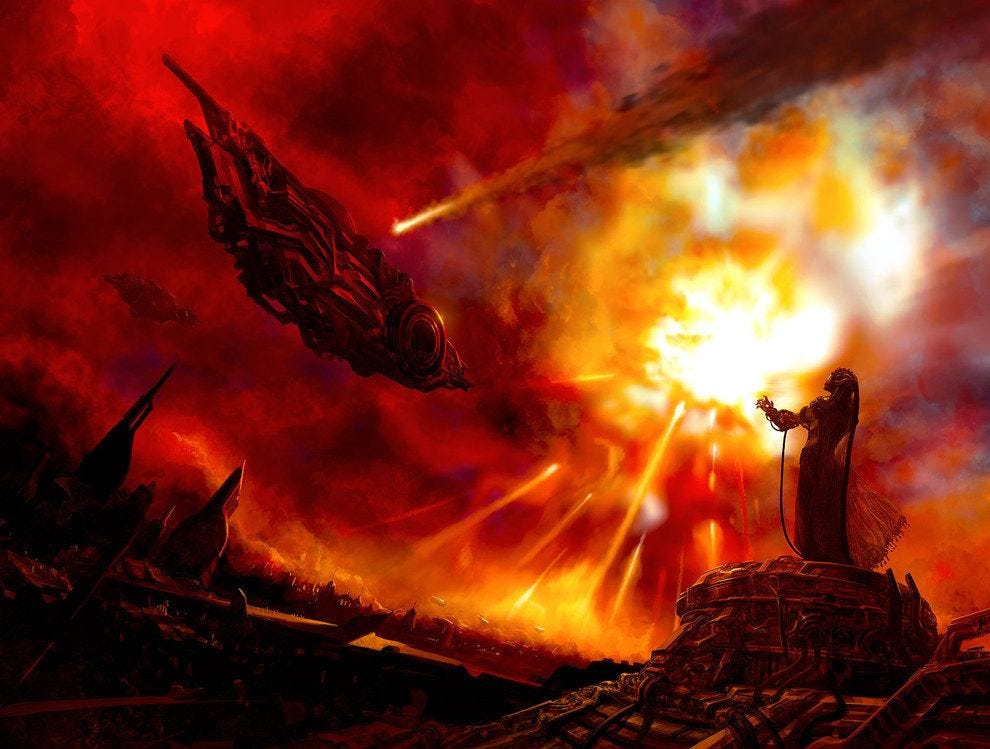 ?
? 
Artificial Intelligence in Ancient India

Artificial intelligence (AI) has been a buzzword in the modern world, but did you know that the concept of AI has existed in ancient India? In fact, Indian philosophers and scholars have been contemplating the idea of machines that can mimic human intelligence for centuries.

The concept of AI can be traced back to the ancient Indian text, the Vedas, which were written between 1500 BCE and 500 BCE. The Vedas contain various references to machines and robots that can perform human-like tasks. For example, the Rig Veda describes a chariot that is pulled by horses made of metal, while the Yajur Veda describes machines that can make music and dance.
In addition to the Vedas, the ancient Indian text, the Mahabharata, also contains references to advanced machines and weapons. One of the most well-known examples is the Brahmastra, a weapon that was said to be capable of destroying entire armies and cities. The Mahabharata also describes Vimanas, flying machines that were powered by mercury and controlled by the mind.

However, it wasn’t just in literature that AI was explored in ancient India. Indian philosophers and scholars also developed a concept known as “mechanical man,” which was essentially a robot that could mimic human behavior. One of the most well-known examples of a mechanical man is Yantra Sarvasva, a book written by Bharata Muni in the 2nd century BCE. This book describes various machines and automata, including a mechanical man that could move, speak, and even perform tasks like weaving.
Another example is the renowned 8th-century mathematician and astronomer, Brahmagupta, who wrote about automated machines that could perform mathematical calculations. Brahmagupta’s book, the Brahmasphutasiddhanta, contains detailed instructions for constructing a device called the chakravala, which was a mechanical calculator that could solve complex algebraic equations.

Overall, it’s clear that the concept of AI has a long and rich history in ancient India. While the machines and devices described in ancient texts may seem fantastical by modern standards, they represent a fascinating exploration of the human desire to create machines that can mimic human intelligence and behavior. It’s clear that the ancient Indian philosophers and scholars were ahead of their time in their understanding of the possibilities of machines, and their work has had a lasting impact on the development of AI and robotics to this day.
